6 multiplayer games we’d love to play (but literally can’t)
Gone but only mostly forgotten.
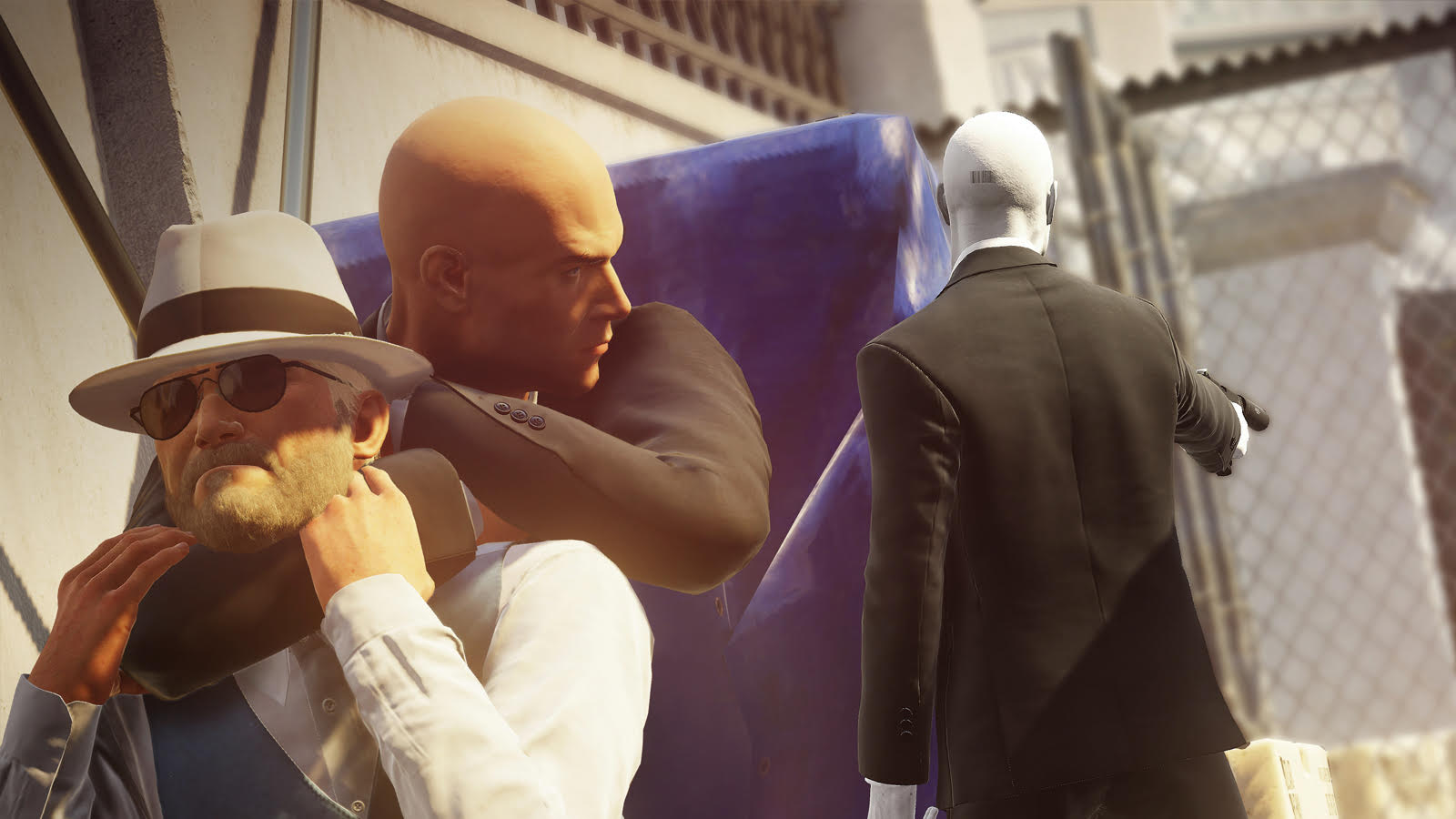
The phrase "dead game" gets thrown around a lot, but it’s a rarity for a multiplayer game to be really, truly dead. Sure, games lose official multiplayer support all the time, for all kinds of reasons: evolving hardware standards, licensing issues, the cost of maintaining servers for a dwindling base of players. But luckily, passionate fan communities have a good track record for ensuring that beloved games survive in some fashion, even if that means relying on some less-than-official solutions.
Tragically, not all games are so lucky. For some, their collapse is so thorough that there isn’t enough wreckage left behind to salvage into something playable. You might be able to buy the software, install it, run it. But no one will ever score a frag, capture a flag, or level up in that game again. Sad, really!
Whether they’re old favorites or games we never got the chance to love, we might never have the chance to play these six multiplayer offerings again. But we can at least take the time to remember them.
Hitman 2 Ghost Mode
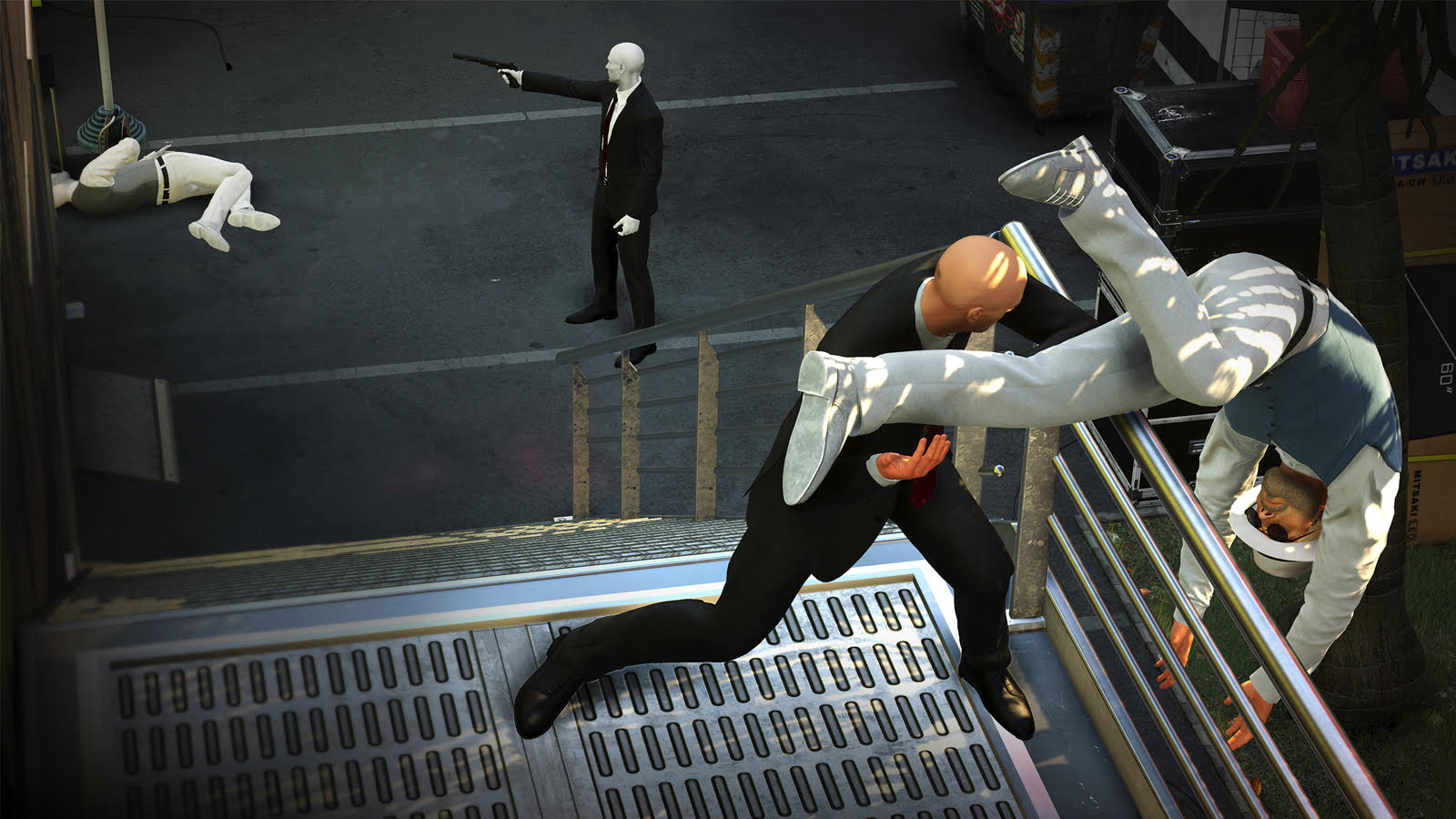
Last online: August 2020
Most-missed Feature: Having an excuse to say the words “ghost coin”
Breaking the conventionally singleplayer confines of modern Hitman, Ghost Mode placed two players in an assassination race to kill a randomly-selected target. While each player existed in their own parallel realities, almost like an online racing game, you could see your opponent as they moved through their world. And with a limited set of “ghost items”—like ghost coins that would attract the attention of NPCs in both worlds at once, or ghost mines that would only detonate in your opponent’s world when they approached—you could wreak havoc on their attempted assassinations.
As someone who has occasional difficulty not playing Hitman like a coward, racing against a friend to kill a target in real time forced me to play fast and loose, creating the best conditions for Hitman's chaos. The mode also let me imagine that Agent 47 was fighting a constant, interdimensional war against himself in adjacent realities, which was a beautiful dream that lasted until IO Interactive discontinued support for the mode in August of 2020.
Gotham City Impostors
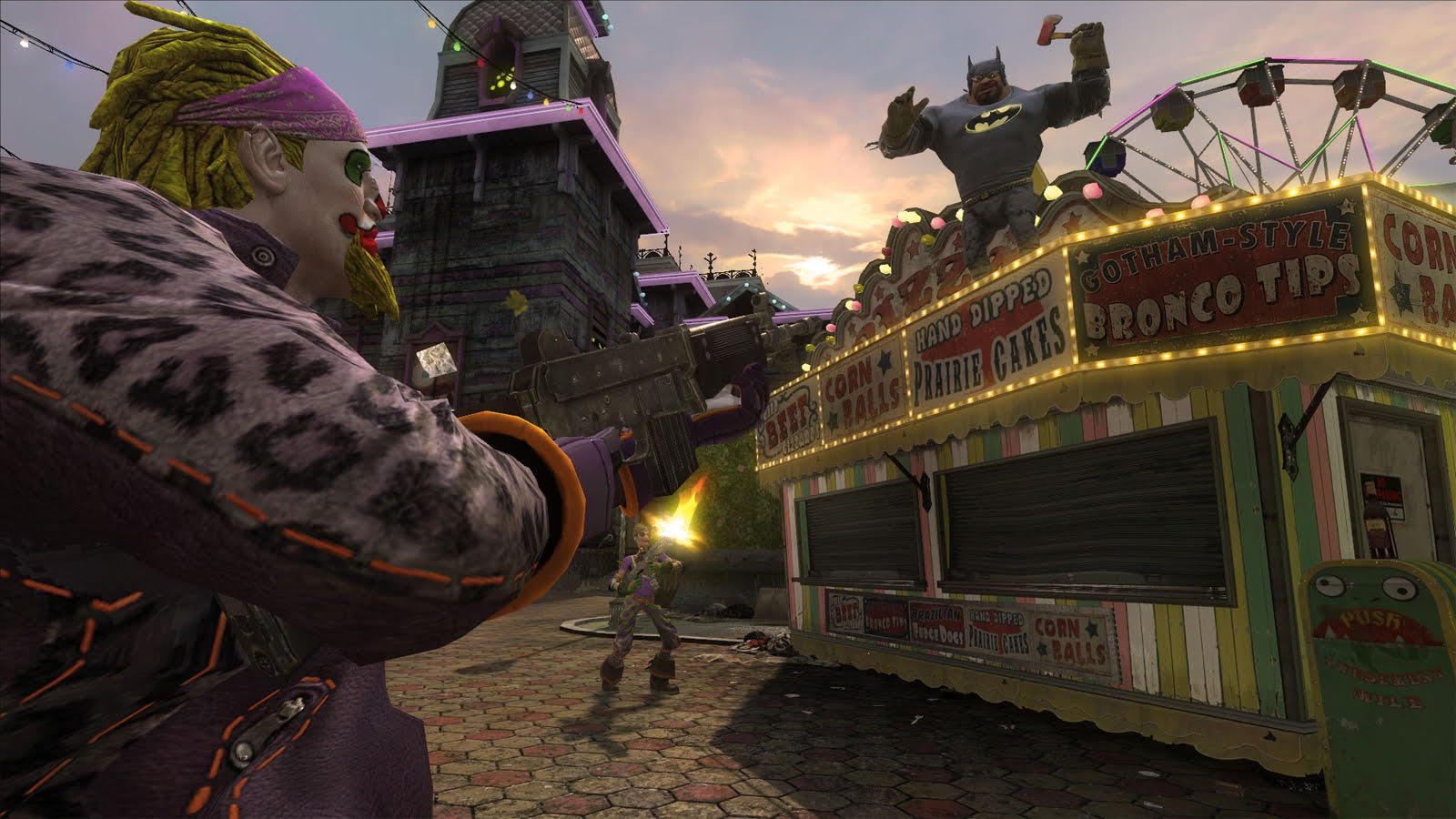
Last online: August 2021
Most-missed Feature: A pro-grappling hook environment
The biggest gaming news, reviews and hardware deals
Keep up to date with the most important stories and the best deals, as picked by the PC Gamer team.
In 2012, Gotham City Impostors attracted a cult following of fans who would very patiently explain that no, Batman isn’t in it anywhere, but it’s actually pretty good!
Across a standard fare of deathmatch and objective gametypes, players assumed the role of either Batman’s hockey pants-wearing admirers with a conveniently lax stance on murder, or a group of individuals who were Jokerfied as a lifestyle choice. The game’s greatest strength was its ability to revel in its comic book flavor, carving its own niche in the iron sights shooter space. A trove of superhero gadgets complemented its Call of Duty-style weapon and perk loadouts, injecting the combat with speed and verticality by way of grappling guns, gliders, and spring boots.
Even after a free-to-play relaunch, Impostors struggled to maintain a playerbase. Today, it’s trapped in a weird purgatory more than it is truly dead. Technically, it’s still playable for those who already have it in their Steam library, although it might be difficult to find a match. But for the rest of the world, we’ll never get our chance—Gotham City Impostors was removed from digital storefronts in August 2021.
Tom Clancy’s Rainbow Six: Vegas 2
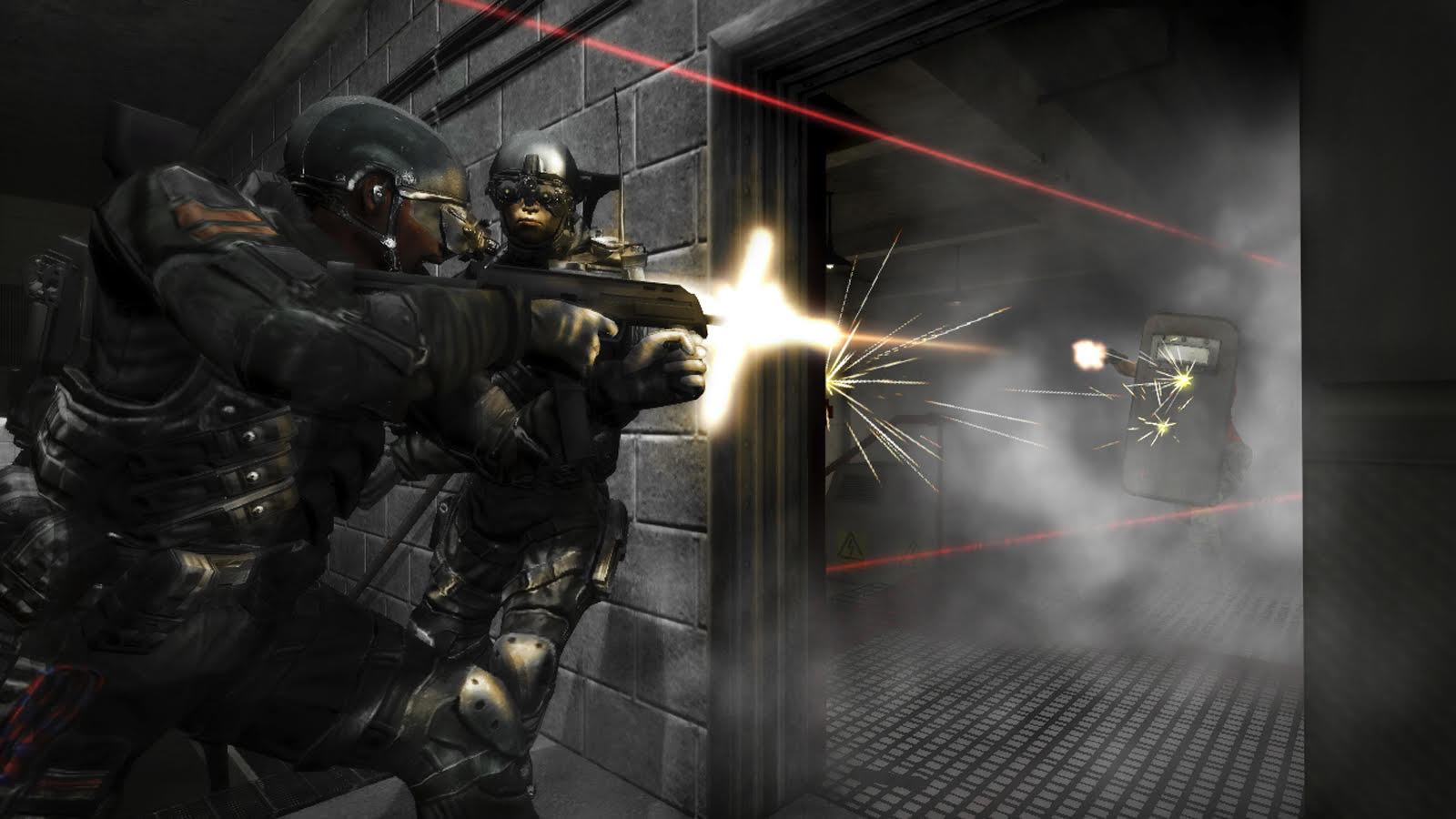
Last online: April 2021
Most-missed feature: Crudely mapping your face onto your guy with an ancient webcam
The Rainbow Six: Vegas games were a bright spot in the age of cover shooters—one that was brave enough to recognize that you can turn a lot more of a building into waist-high cover if you’re rappelling down the side of it. Alongside a character customization system that allowed players to bring their own unique operator into both the game’s competitive multiplayer and its four-player cooperative Terrorist Hunt mode, Vegas 2 offered a more measured, tactical approach to gunplay, walking so that Rainbow Six Siege could eventually run.
Vegas 2’s player count gradually dwindled as it aged, until its remaining players were forced to hang up their tactical balaclavas for good when Ubisoft ended online service support for a number of legacy games in April 2021.
Shadowrun (2007)
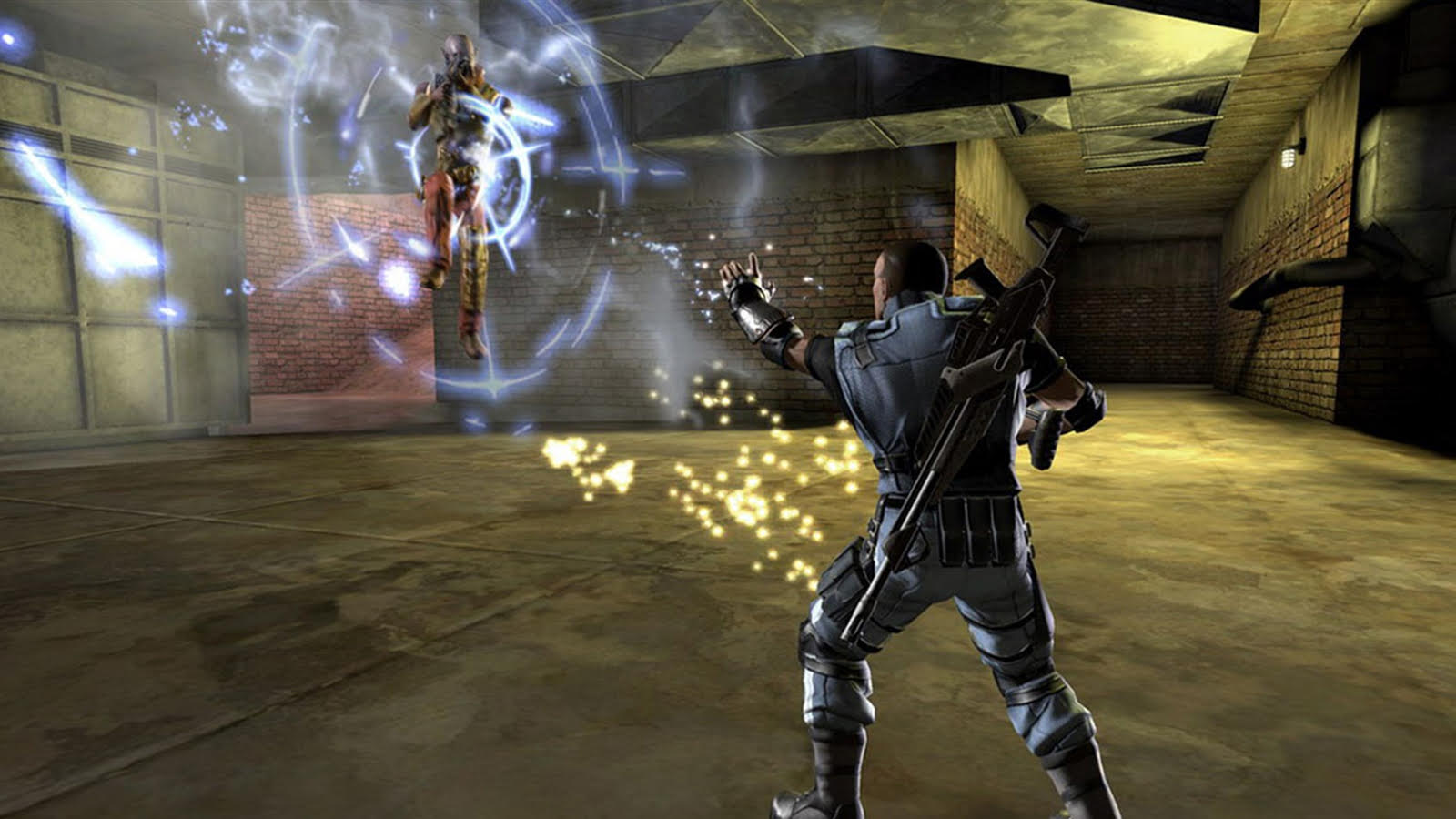
Last online: Unclear; official support ended c. 2008
Most-missed feature: Teleporting dwarves
Shadowrun was the archetypal "I've spent dozens of hours on this single map of this game's weirdly compelling demo, but I'm 14 and have no disposable income" game. Inspired loosely by the cyberpunk fantasy tabletop series, the 2007 Shadowrun was a Counter Strike-esque, round-based FPS with mid-match equipment purchasing. But in place of present-day counterterrorist operatives, Shadowrun featured dwarves and trolls buying magic spells and cybernetics alongside their new assault rifles. Those spells and tech could drastically shift the pace of gameplay. Players who picked up the Teleportation spell didn’t just gain the ability to blink forward a few meters, but could blink through walls Nightcrawler-style to escape a firefight. Katana-wielding players who grabbed the Wired Reflexes tech could deflect gunfire with their swords.
Shadowrun’s defenders argue that it was a game ahead of its time, dabbling in the kind of ability-centric FPS design that would be popularized much later by games like Overwatch. But Shadowrun itself was hampered by a too-small map pool, a too-high price tag, and the death touch of Games for Windows Live. The game lurched through different kinds of disrepair over the years, and in 2021 is apparently only playable in private matches on PC with a valid CD key, virtual LAN software, and—specifically and inexplicably—less than 30ms ping.
Transformers: Fall of Cybertron
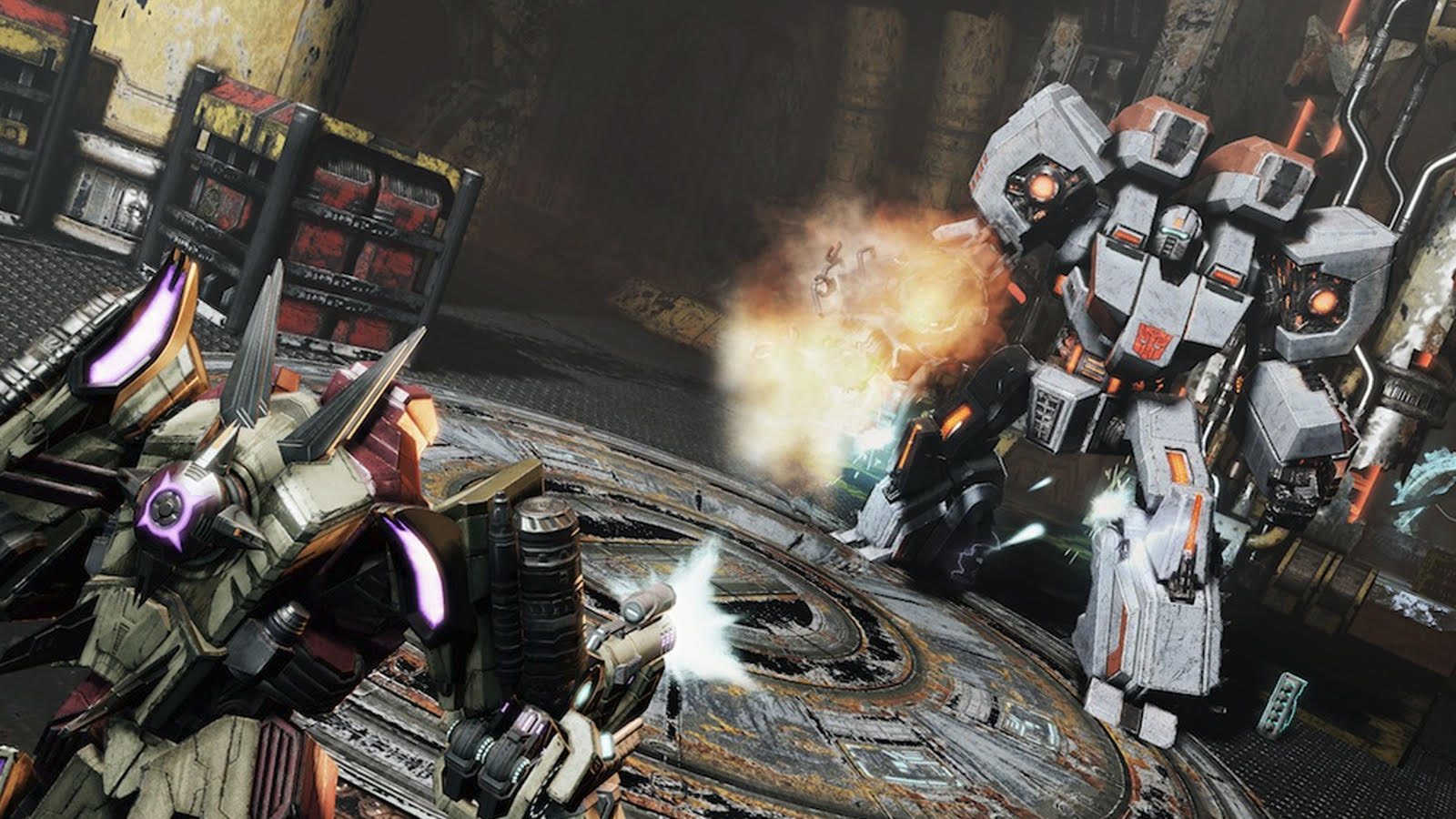
Last online: April 2020
Most-missed Feature: Megatron’s blooming multiplayer shoutcasting career
The sequel to 2010’s Transformers: War for Cybertron, 2012’s Fall of Cybertron managed to translate what might have otherwise been just a serviceable class-based third-person shooter into a delightful sandbox of childhood nostalgia. While it featured some light loadout customization in weapon and ability choices, the real draw was being able to design your own custom Transformer for each of the game’s classes by pulling from a catalog of heads, bodies, limbs, alt-modes, paint jobs, and more. Thanks to a fast and fluid transformation mechanic, the game’s combat had a nimble and energetic pace when you smashed those custom Transformers into each other in competitive multiplayer. Plus, you got to hear the transforming sound (you know the one) whenever you wanted.
Fall of Cybertron disappeared from digital storefronts in 2017, following Hasbro ceasing its Transformers licensing contract with Activision. Players who owned the game could continue rolling out their autobots until April 2020, when Activision shuttered the game’s multiplayer servers for good.
Tom Clancy’s Splinter Cell: Chaos Theory
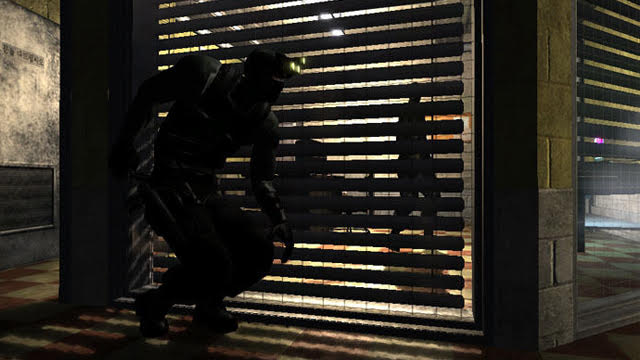
Last online: April 2021
Most-missed Feature: The pure camaraderie of using your spy friend as a human ladder
There aren’t many gaming experiences I regret missing out on more than the golden age of Splinter Cell’s Spies vs Mercs mode. The concept was deceptively simple. One team played as a duo of infiltrating spies, tasked with completing a set of environmental objectives like hacking computers or disabling security systems. Their pair of mercenary opponents had a simpler job: killing spies before they touch enough buttons. While the mercs were heavily armed for direct confrontation with explosives and assault rifles, the spies had few lethal options to defend themselves, instead having to rely on trickery and evasion. Aided by excellent map and lighting design, the result was—by all accounts—magical.
While later Splinter Cell games tried to refresh and modernize the legendary format, these remixes failed to fully recapture the high-stakes game of cat-and-mouse espionage. Whether that magic would even hold up in the present day is hard to say. A combined casualty of changing hardware standards and Ubisoft’s discontinued support for older titles, Chaos Theory multiplayer is only playable on PC if you can find three friends willing to navigate a tangled web of spotty config fixes, third-party patches, and virtual LAN networking solutions.
Lincoln has been writing about games for 11 years—unless you include the essays about procedural storytelling in Dwarf Fortress he convinced his college professors to accept. Leveraging the brainworms from a youth spent in World of Warcraft to write for sites like Waypoint, Polygon, and Fanbyte, Lincoln spent three years freelancing for PC Gamer before joining on as a full-time News Writer in 2024, bringing an expertise in Caves of Qud bird diplomacy, getting sons killed in Crusader Kings, and hitting dinosaurs with hammers in Monster Hunter.

